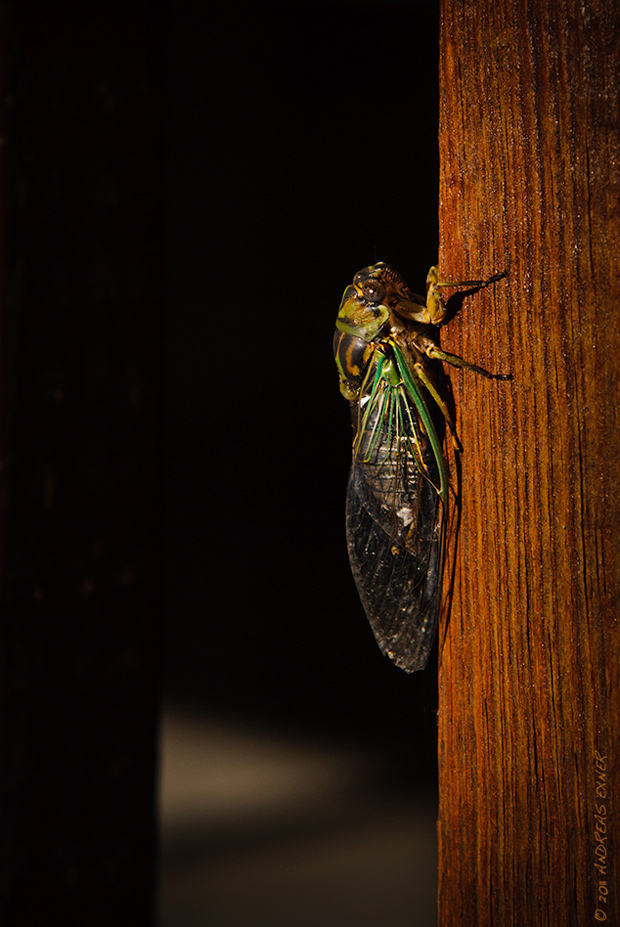The next opportunity for more wildlife photography came during a trip to Cataloochee on the east side of the Smokies. In 2001 the National Park Service began to reintroduce elks in the National Park. One of the places were they can be viewed is Cataloochee Valley. Most of the elks wear radio collars around their neck and have ear tags. This makes a lot of sense for the biologists who control the reintroduction program but not every photographer may like it. It didn't bother me a bit.
The rut was already slowing down but we still could hear some male elks bugling. For me there is no better sound in nature than this! This twelve-pointer was chasing the ladies in his harem and made clear to the competition who owns the place.
I could have shot most of the pictures with ISO 200 but I really wanted to test how the D300s performs with higher ISO settings. I used mostly ISO 560 or 800, something that never turned out well with my old D200. Yes, noise is there but it is still manageable. However, noise reduction takes out detail and I know that I will stay away from the higher ISO settings as much as possible.















